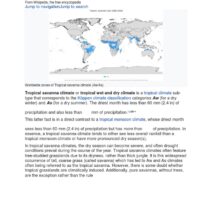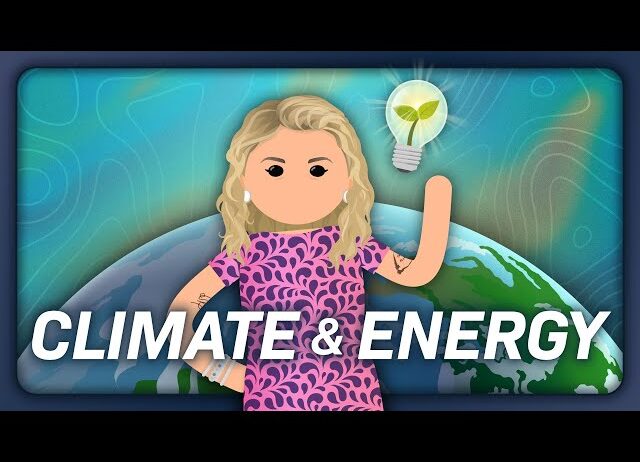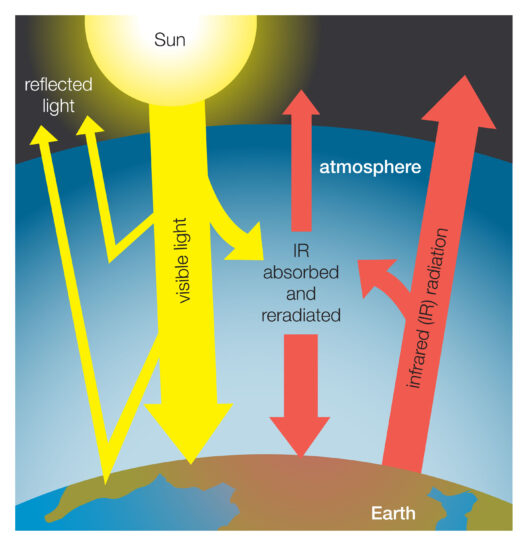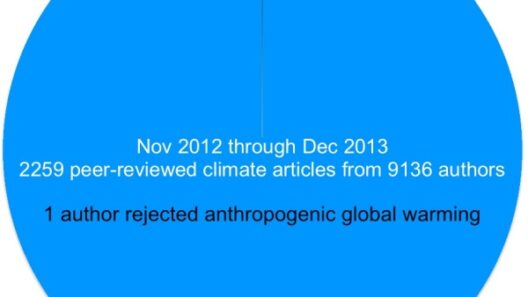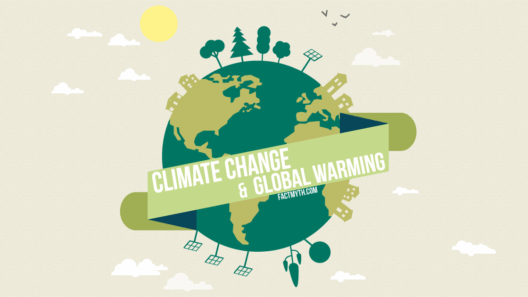The term “climate” embodies a plethora of concepts, both scientific and experiential, that deeply intertwine with our daily lives and the planet’s future. But what does climate truly mean? Is it simply the weather we encounter day by day, or is there more beneath the surface? What if we posed a playful question: How would you describe climate to an alien who has just landed on Earth? This inquiry opens the door to understanding the complexities of climate, prompting us to explore its intricacies and the challenges it presents to humanity.
Let us embark on a journey to delineate what climate is, why it is paramount to our survival, and how we can collectively mitigate the challenges it poses.
Understanding Climate: Beyond Just Weather
At its core, climate refers to the long-term patterns and averages of weather conditions in a specific region over an extended period, usually 30 years or more. This distinguishes climate from weather, which encompasses short-term changes in atmospheric conditions. For instance, while a thunderstorm may disrupt a sunny afternoon, climate speaks to the likelihood of such storms over an entire season or year.
To illustrate this concept, consider a tropical region where moisture-laden winds converge, resulting in consistent rainfall throughout the year. In contrast, arid deserts exhibit minimal precipitation, with scant fluctuations in temperature and humidity. This understanding helps us appreciate why regions develop distinct ecosystems and cultural adaptations rooted in their climate.
The Role of Earth’s Systems in Climate
Earth’s climate system consists of the atmosphere, hydrosphere, lithosphere, biosphere, and cryosphere, each playing a role in regulating temperature and weather patterns. The atmosphere, comprising gases like carbon dioxide and methane, traps heat and influences weather phenomena. The hydrosphere, including oceans and freshwater sources, moderates temperatures and influences precipitation patterns through evaporation and condensation cycles.
Furthermore, the lithosphere—the solid part of Earth—interacts with climate through landforms and surfaces that determine the flow of air and water. The biosphere, where life flourishes, also affects and is affected by climate; plants absorb carbon dioxide and produce oxygen, while the cryosphere’s ice caps and glaciers regulate sea levels and temperature. Collectively, these systems create a delicate balance that defines the climate of a region.
The Importance of Climate Literacy
As citizens of the planet, fostering climate literacy is essential for all ages. Understanding climate equips individuals to make informed decisions, not only for personal well-being but also for the vitality of global ecosystems. A fundamental grasp of climate science empowers communities to advocate for policies promoting sustainability and environmental stewardship.
It can be beneficial to challenge young minds with questions such as: “What would our world look like if our climate changed dramatically overnight?” This inquiry encourages critical thinking, helping them consider scenarios like altered habitats, frequent extreme weather, and food scarcity. Engaging with such questions fosters a generation of problem solvers motivated to preserve our planet.
The Climate Challenge: What Are We Facing?
Today, one of the most pressing challenges facing modern society is climate change—an unprecedented alteration in climate patterns, primarily attributed to human activities. The burning of fossil fuels, deforestation, and industrial processes release copious amounts of greenhouse gases into the atmosphere, exacerbating the natural greenhouse effect and leading to global warming.
With each passing year, the ramifications of climate change become more apparent. Rapidly melting ice caps, rising sea levels, and erratic weather patterns signal a future fraught with turmoil. Inland flooding from intense storms, prolonged droughts, and the heightened frequency of wildfires illustrate how climate change ushers in harsher realities for both humanity and wildlife. The predicament poses a global challenge requiring collective accountability and defined action.
Empowering Solutions: What Can Be Done?
Addressing the climate crisis demands a multifaceted approach involving individuals, communities, corporations, and governments. Individuals can embark on small yet impactful lifestyle changes, such as reducing energy consumption, eliminating single-use plastics, and opting for sustainable transportation. Collective grassroots advocacy can compel lawmakers to enact extensive climate policies, incentivizing renewable energy development and conservation efforts.
Nations around the world increasingly recognize the significance of sustainability. From the Paris Agreement to local renewable initiatives, a concerted global effort is essential to curb greenhouse gas emissions and foster adaptation strategies. Education plays a pivotal role in mobilizing public support, inspiring future generations to understand their agency in combating climate change.
In Summation: A Shared Responsibility
Climate, in its diverse manifestations, is an intricate tapestry woven from numerous natural processes and human influences. The quest for climate comprehension transcends mere academic pursuit; it calls for action, empathy, and discernment. As we continue to grapple with the climate crisis, every individual carries the responsibility to contribute to a sustainable future.
By engaging young minds with playful questions about climate and challenging them to envision the implications of our collective actions, we pave the way for a more informed, dedicated generation. In doing so, we not only safeguard our planet but also ensure that future inhabitants cherish and steward this beautiful Earth we all share.

